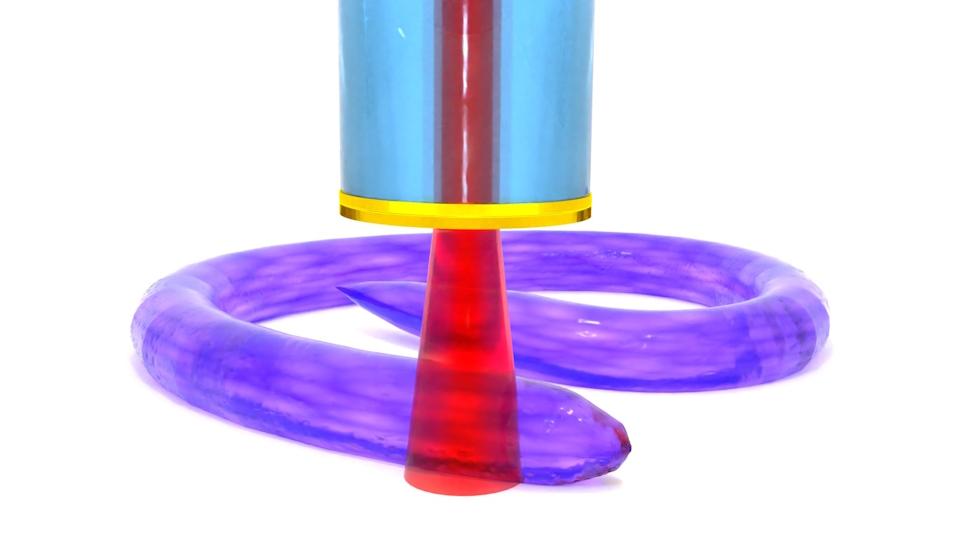Early data from Roche's NHL drug mosunetuzumab steals the show at ASH

There’s been a slew of scientific data coming from the American Society for Hematology (ASH) conference, but promising early data from Roche’s mosunetuzumab proved to be one of the major talking points.
The big Swiss pharma is developing mosunetuzumab, a bispecific antibody targeting CD3 and CD20, in non-Hodgkin’s lymphoma and the conference organisers decided to give one of the six plenary sessions slots to some updated efficacy data from an early trial.
There are already several drugs approved in Non-Hodgkin lymphoma (NHL) and its various different subtypes, with some forms targeted by the CAR-T cell therapies from the likes of Gilead and Novartis.
Some of the patients in the trial had already been treated with CAR-T therapies, setting up mosunetuzumab as a backstop for patients who don’t respond to these advanced cell-based therapies.
The dose escalation study has now enrolled 270 heavily pre-treated relapsed-refractory NHS patients, producing an overall response rate (ORR) across cohorts up to the 40.5 mg dose of 37% (46/124) in aggressive NHL and complete response rates of 19%.
Most of these patients had diffuse large B-cell lymphoma (DLBCL), which is targeted by the CAR-T therapies from Gilead/Kite and Novartis, although the response rates here are below those typically seen with the cell therapies.
If approved, health systems may favour the less cumbersome antibody-based approach offered by mosunetuzumab, instead of the complex manufacturing process for CAR-Ts that involves harvesting a patient’s own white blood cells, genetically modifying them, and reinfusing them to fight the cancer.
Results were stronger in indolent NHL, with an ORR of 63% and complete response rates of 43%.
In the 30 enrolled patients previously receiving CAR-T therapy mosunetuzumab showed an overall response rate of 39% (seven patients) and a complete response rate of 22% (four patients).
Cytokine release syndrome – where the immune system goes into overdrive and attacks the patient’s body – occurred in 29% of patients, but there were only three grade 3 cases.
There were neurological side-effects in 44% of patients, but only three grade 3 level cases.












